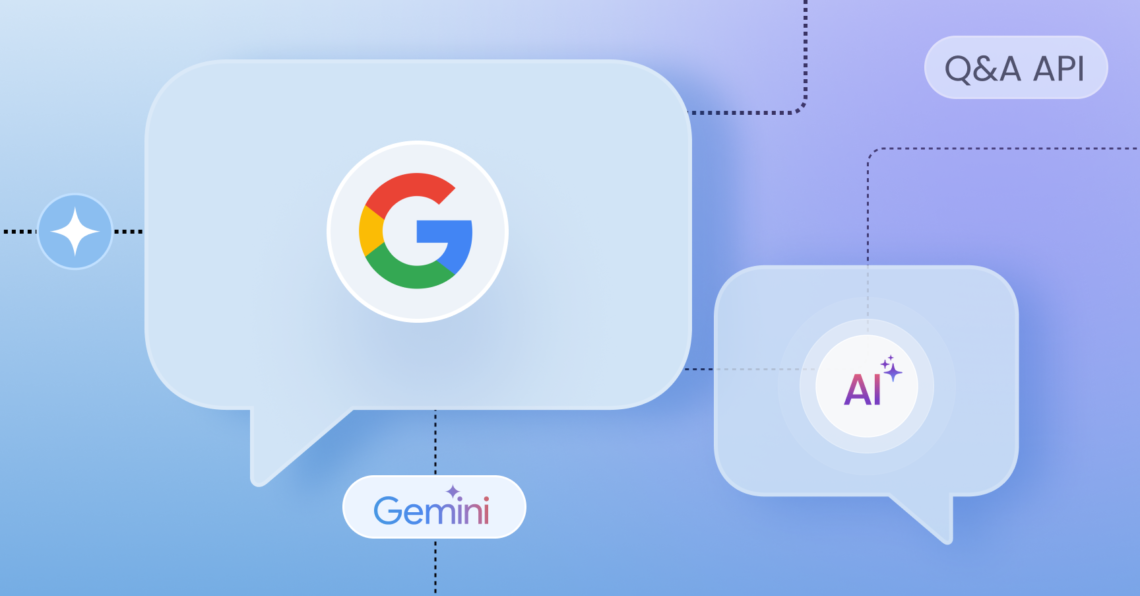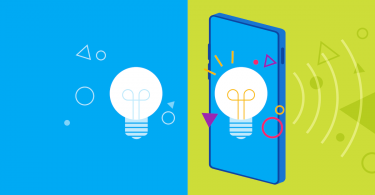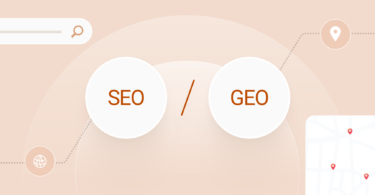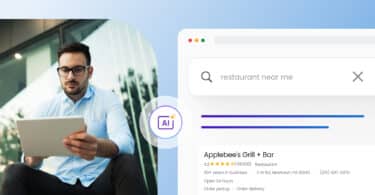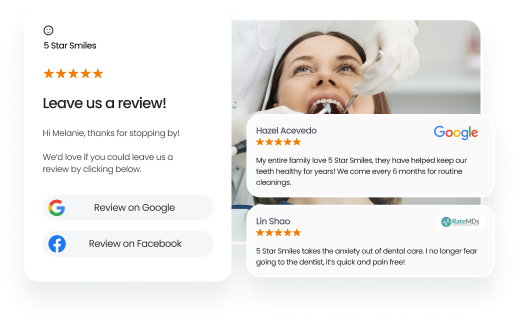Google’s Q&A API will officially be discontinued in November 2025, ending automated syncing for Business Profiles but opening the door to centralized, AI-ready customer engagement at scale.
Summary
On November 3, 2025, Google will deprecate its Q&A API, shutting down programmatic management of questions and answers across Business Profiles. For multi-location enterprises, this is more than a technical change; it signals a shift toward AI-first customer engagement. At Birdeye, we’re helping businesses retain and repurpose their Q&A content so they remain the authoritative source in Google’s evolving discovery ecosystem.
Why Google is making this move
Google’s decision to sunset Q&A fits into a larger pattern. Search is moving away from static, one-size-fits-all information toward more conversational, AI-driven experiences.
This isn’t an isolated change. In recent years, Google has phased out Business Calls API (2023) and Chat feature (2024), signaling a broader move from API-based tools to AI-powered discovery features such as Ask Maps and AI Overviews, driven by Gemini.
Instead of scrolling through community-answered questions, customers will increasingly expect Google to deliver direct, dynamic answers in real time. For example, rather than digging through Q&A to find parking details, a customer could simply ask “Where do I park at this business?” and get an instant AI-generated response.
What this means for enterprises
The end of Google Q&A has clear consequences for multi-location enterprises:
- No more automation at scale: Bulk posting and editing across hundreds of listings is no longer possible. Teams must manage questions manually, creating added overhead.
- Slower workflows: Without centralized sync, CX and marketing teams face delays and risk inconsistent messaging across locations.
- AI competing for visibility: With Gemini and Ask Maps surfacing instant answers, unstructured or inconsistent brand data can be replaced by competitor content.
- Customer questions left unanswered: Common queries like parking, hours, or policies will not appear in Q&A, leaving businesses with fewer ways to clarify confusion directly in Google.
The bigger takeaway is that businesses must prepare for a world where AI-native conversations are the new standard. Customers will expect accurate, instant responses, no matter the channel.
How Birdeye is adapting for customers
At Birdeye, we know many businesses rely on Q&A syncing to keep customers informed. We’re making sure your content continues to deliver value after Google retires the API:
- Stopping sync before Google’s cutoff: On November 1, 2025, we will proactively disable all API syncing for Q&A. This ensures there are no disruptions when Google fully deprecates the feature on November 3.
- Preserving your content: All of your historical Q&A will remain available in Birdeye. You will still be able to view, add, edit, delete, and download your questions and answers. The feature isn’t going away; it evolves into a dedicated content management tool that helps you repurpose and extend the value of your content.
- Repurposing opportunities: Think of Q&A as a reusable content library. You can fuel website FAQs, knowledge hubs, or AI-driven answers in Birdeye. Over time, this content will migrate into Birdeye Knowledge, powering Pages sync and AI Answers so your information remains discoverable wherever customers search.
- UI updates for clarity: We are updating the Google Q&A section in Birdeye to make the new purpose clear. Instead of sync controls, you’ll see messaging that guides you in managing and reusing your Q&A as a content asset.
This ensures your Q&A content continues delivering value long after Google retires the API as a reusable, central source of truth within Birdeye.
Transition timeline at a glance:
- November 1, 2025: Birdeye stops syncing Q&A to Google. Sync statuses are frozen for reference, and any new content you create will remain in Birdeye only.
- November 3, 2025: Google officially deprecates the API. No changes for you, since Birdeye disconnected in advance.
- Post-November 3: The Q&A section operates as a content repository within Birdeye, ready to be repurposed into Knowledge, Pages, and AI-powered answers.
How businesses should prepare
So what can you do now? Think of this shift as a chance to future-proof your customer engagement. The key is to treat Q&A not as a lost feature, but as a content asset that can serve customers in new ways.
Here are practical steps to take:
- Safeguard your Q&A content: Export and preserve existing data so nothing is lost when Google sunsets the API.
- Turn Q&A into a knowledge hub: Repurpose common questions into FAQs on your website and structured content that AI can surface in Ask Maps or AI Overviews.
- Reinforce your foundational data: Make sure hours, services, and attributes are accurate and consistent everywhere customers might search.
- Adopt conversational tools: Customers will expect quick, natural answers across chat, reviews, and other AI-powered experiences.
- Monitor your visibility: Track how your listings perform as Google phases out Q&A and shifts to AI-driven discovery.
What this looks like in practice
- National brands: Convert preserved Q&A into evergreen FAQ hubs so answers remain discoverable across digital touchpoints.
- Franchise systems: Equip local teams with a unified content library, eliminating guesswork and ensuring consistent messaging.
- Retailers and service providers: Embed restructured Q&A into local landing pages to capture visibility in AI Overviews and Ask Maps.
- Highly regulated sectors: Use the archived repository as an audit-ready record of historical customer communications.
Key takeaway: With the right workflows, Q&A evolves from a discontinued Google feature into a durable knowledge base, one that reduces complexity, safeguards compliance, and amplifies brand authority in an AI-first search world.
FAQs
When the API is discontinued, brands will no longer be able to programmatically create, edit, or sync questions and answers via third-party tools. However, existing Q&A content remains visible on Google Search and Maps, and can be retained, downloaded, and repurposed through platforms like Birdeye.
No. Customers will still see Q&A on your Google Business Profile. What’s ending is only the API-based automation, meaning bulk syncs and programmatic management are no longer possible.
Instead of APIs, Google is shifting to AI-powered discovery features like Ask Maps and AI Overviews. These rely on structured, verified brand data, such as reviews, schema markup, and accurate attributes, rather than direct Q&A syncs.
AI engines like Gemini prioritize schema-backed, consistent information from trusted sources. Brands with well-structured Q&A, accurate attributes, and unified reviews are more likely to appear as authoritative answers.
Export your data before the cutoff, standardize it into a central library, and repurpose FAQs into schema-ready content so AI engines surface your answers first.
The next chapter of customer engagement
Google’s move shows that Search is evolving into something more natural and personalized, where customers expect quick, context-aware answers. The retirement of Q&A isn’t just the end of a feature; it’s the beginning of a new phase in local discovery.
Businesses that adapt quickly to AI-driven search and engagement will be better positioned to meet customer expectations. Those who wait risk being left behind as AI becomes the default way people discover and interact with local businesses.
Google may be retiring Q&A, but your investment in answering customer questions is not lost. At Birdeye, we’re making sure your content remains useful as search evolves, and setting the foundation for AI-powered answers that meet customer expectations in the future.
Originally published
